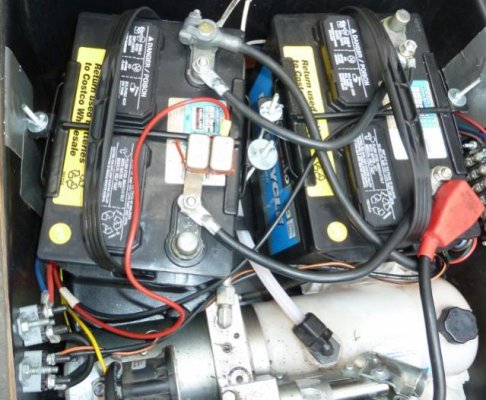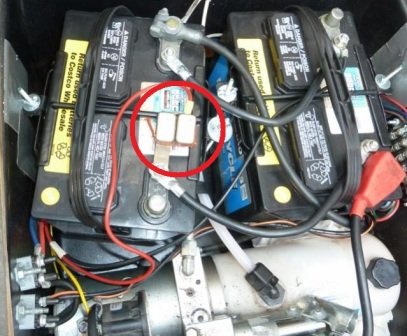sam-HILO
Senior Member
Tip Out problems?
Pinn I would think you could wait until warmer weather to see if you actually have a problem. Our HiLo is grumpy when raised in cold weather. It is perfect in warm weather.
Pinn I would think you could wait until warmer weather to see if you actually have a problem. Our HiLo is grumpy when raised in cold weather. It is perfect in warm weather.







